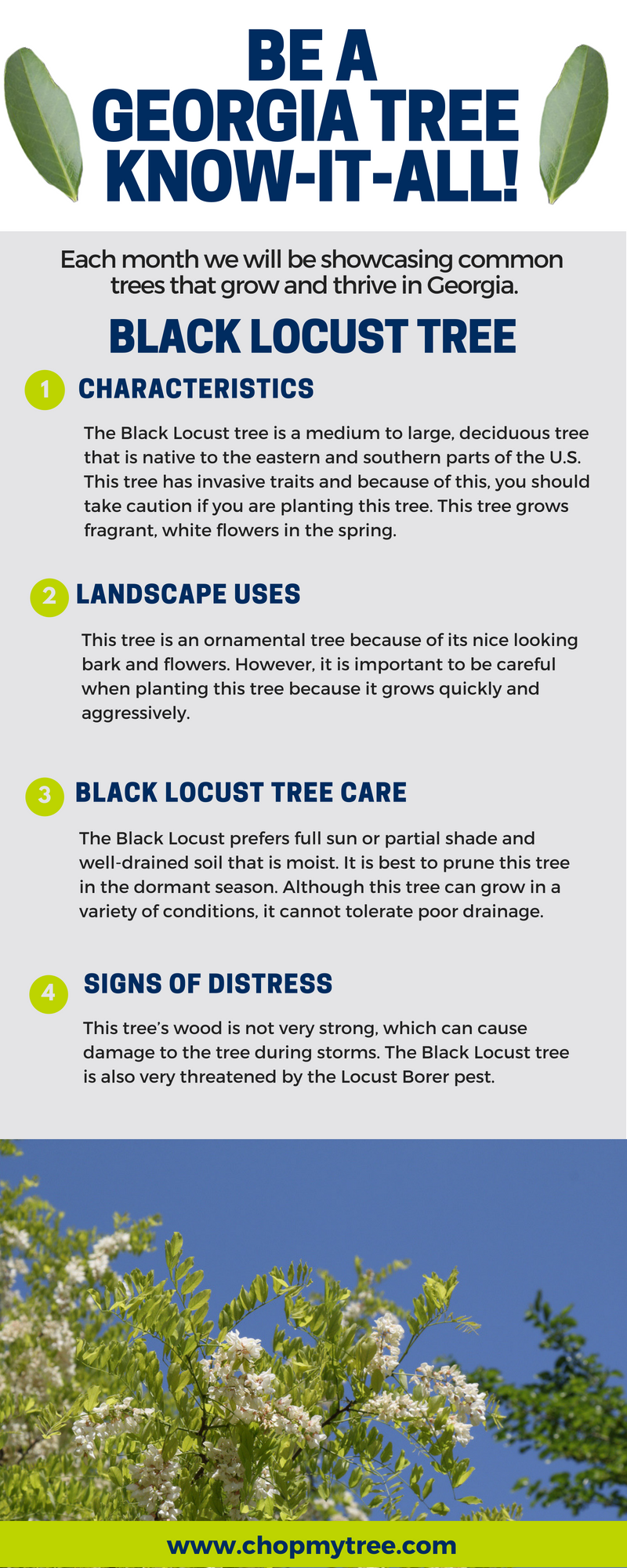The Environmental Influence Of Tree Elimination: What You Should Know
The Environmental Influence Of Tree Elimination: What You Should Know
Blog Article
Content Author-Juarez Baldwin
When it comes to the environmental effect of tree elimination, there are essential elements that require your attention. From the complex internet of connections within ecosystems to the subsequent impacts on climate patterns, the repercussions are profound. You might be shocked to discover the elaborate ways in which the elimination of trees can reverberate throughout the setting. Keep tuned to unwind the elaborate connections and implications of this apparently uncomplicated act.
Deforestation and Environment Loss
Logging and environment loss are essential concerns coming from tree removal. When trees are lowered, it disrupts entire communities. Not only are the trees themselves shed, yet the homes and food resources of numerous plant and pet types are damaged also. Birds shed their nesting sites, creatures shed their shelter, and bugs shed their environments. The results surge through the food web, impacting predators and prey alike.
Furthermore, deforestation contributes to climate modification. Trees play an essential duty in soaking up carbon dioxide, a greenhouse gas that traps warmth in the atmosphere. With less trees, there's much less carbon dioxide absorption, bring about increased levels of this gas in the atmosphere and intensifying global warming.
Precisiontimberfelling
Environment loss is a straight result of logging, as the destruction of woodlands implies the loss of one-of-a-kind and diverse ecosystems. Many varieties are incapable to adjust to fast modifications in their setting, leading to populace decreases and, in some cases, extinction.
Shielding forests is important to preserving the fragile balance of nature and ensuring the survival of countless plant and animal varieties.
Impact on Biodiversity
The removal of trees has a substantial impact on biodiversity, impacting the selection and abundance of plant and animal varieties in a location. Trees offer environment and food sources for many microorganisms, from pests to birds to animals. When trees are eliminated, these species shed their homes and sources of nourishment, bring about a decrease in their populaces. This disturbance can have cascading results on the entire environment.
In https://www.capecodtimes.com/lifestyle/20190502/networx-year-round-landscaping-ideas , trees play an essential role in keeping biodiversity by producing microhabitats within their canopies, trunks, and origins that support a variety of species. When trees are cut down, these specialized environments are destroyed, reducing the general variety of the area.
Additionally, the elimination of trees can lead to a decrease in hereditary variety within plant populations, as certain tree varieties may no more be able to duplicate or disperse successfully. Protecting trees and forests is important for protecting biodiversity and ensuring the wellness of ecosystems for future generations.
Soil Disintegration and Climate Change
With trees being gotten rid of from a location, the disturbance of soil structure and security happens, causing increased soil erosion. Trees play an important function in protecting against disintegration by holding dirt in place with their origin systems. When trees are eliminated, especially in multitudes, the dirt becomes much more susceptible to erosion from wind and water. This erosion not only impacts the immediate surroundings yet can additionally lead to sedimentation in close-by water bodies, influencing water top quality and aquatic communities.
Moreover, trees assist control the climate by taking in carbon dioxide during photosynthesis. When trees are cut down, this all-natural carbon sink is decreased, contributing to enhanced levels of greenhouse gases in the atmosphere. This can aggravate climate modification, bring about more extreme weather condition events and disturbances in environments worldwide.
Consequently, the elimination of trees not only speeds up dirt disintegration but also plays a role in the larger environmental problem of climate modification. It's important to think about these aspects when analyzing the influences of tree removal on the setting.
Conclusion
Now that you know the ecological effect of tree removal, think about the consequences before cutting down trees. Logging interrupts environments, lowers biodiversity, and adds to dirt disintegration and environment change. By bearing in mind the impact of tree removal, you can assist secure our atmosphere and protect the delicate balance of nature. Make informed options and think about different services to reduce the negative results on our world.
